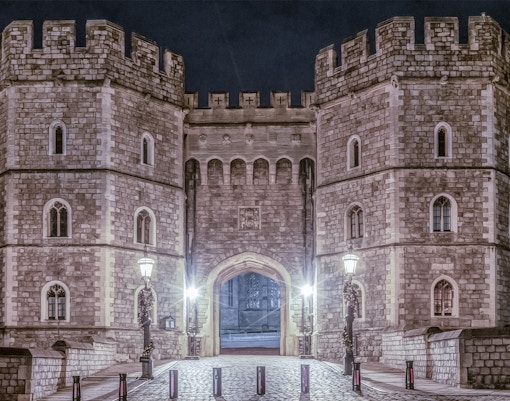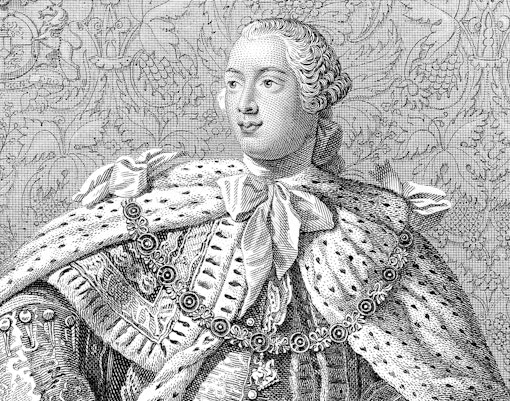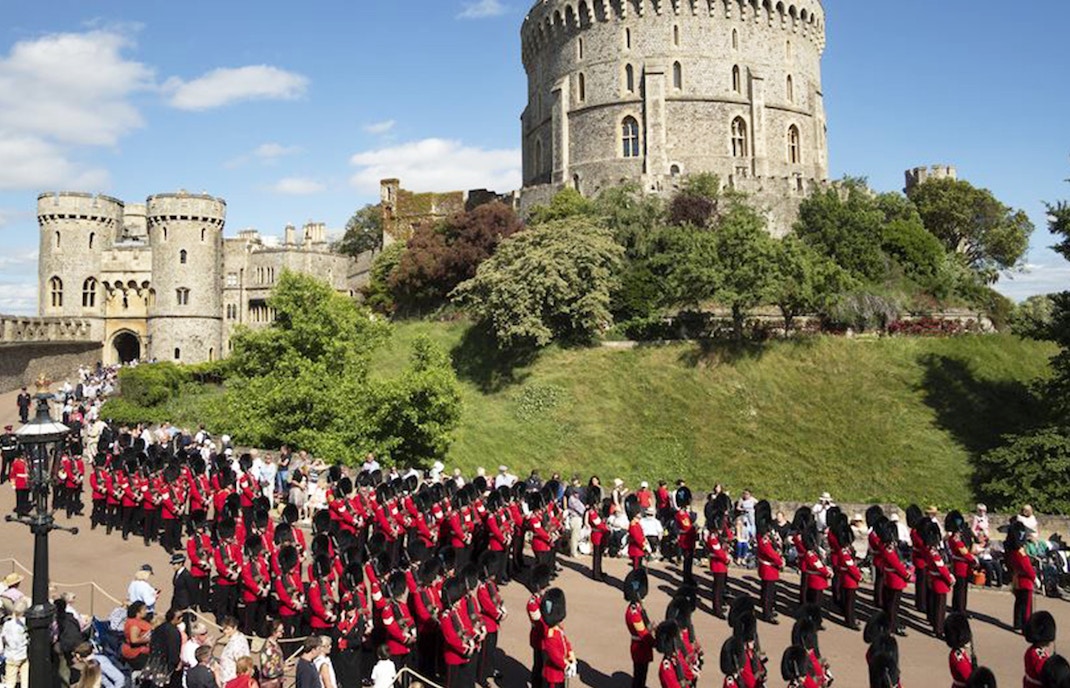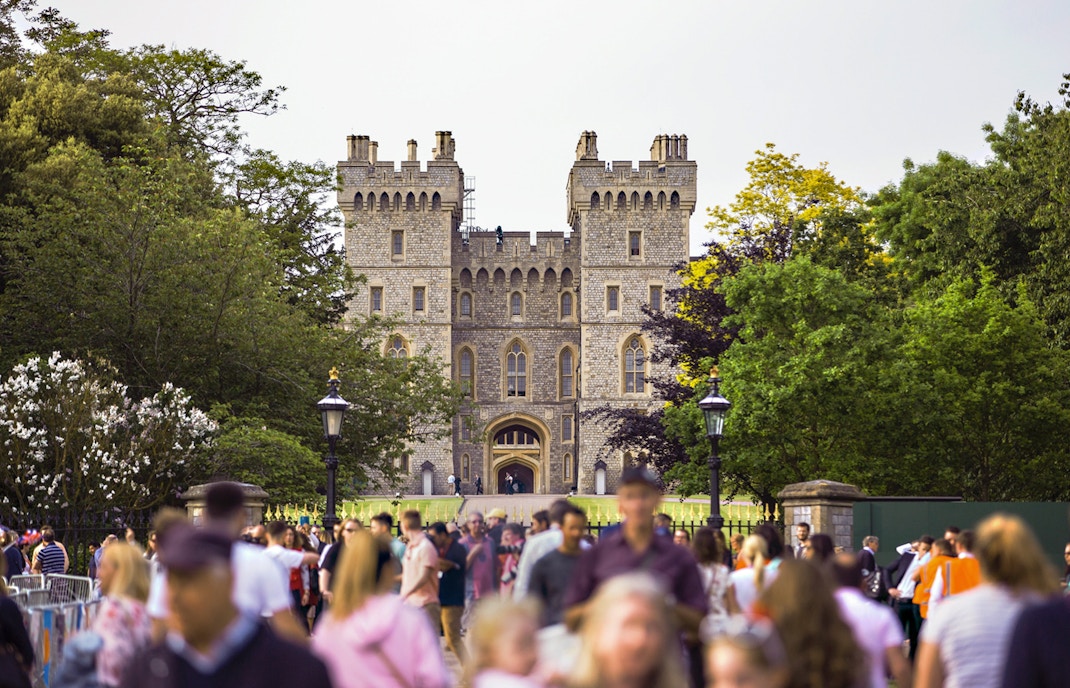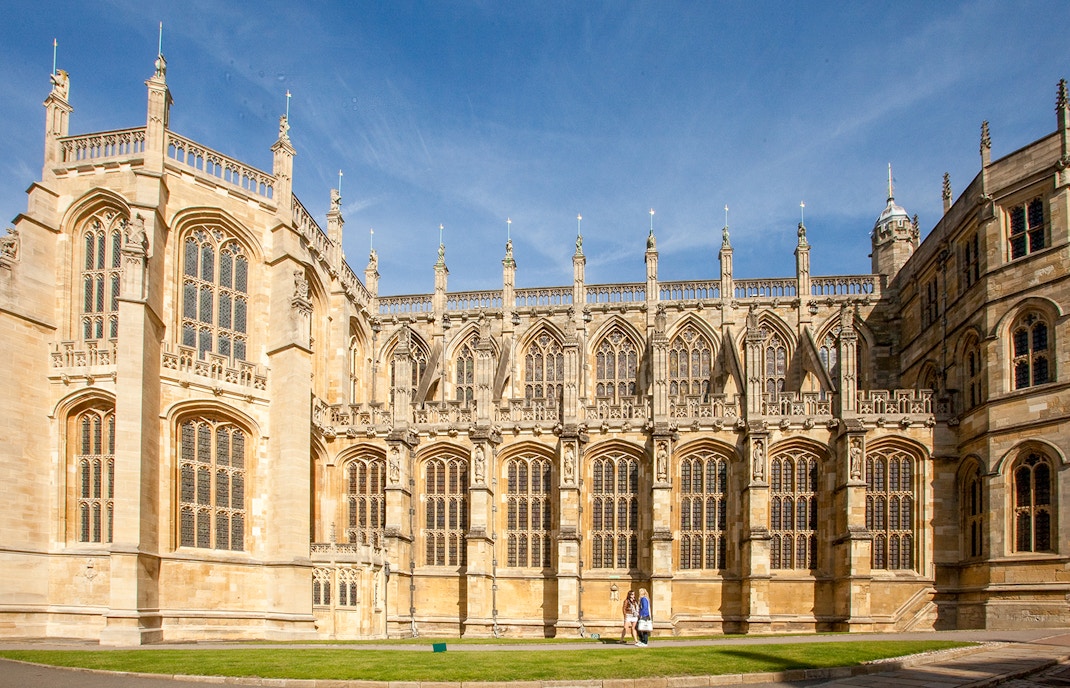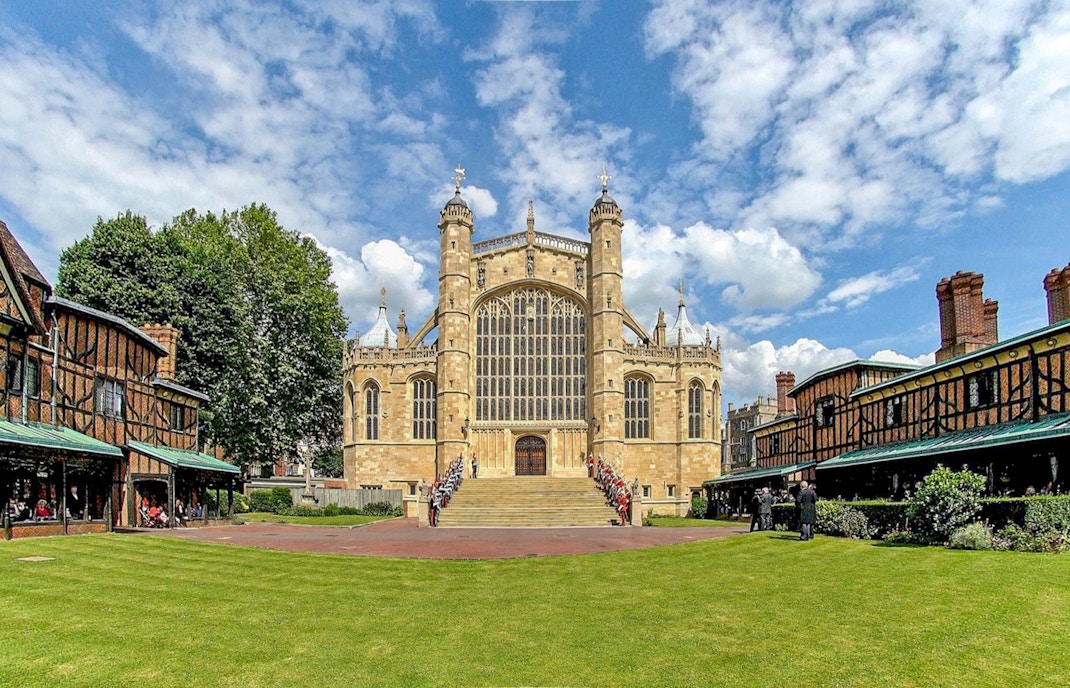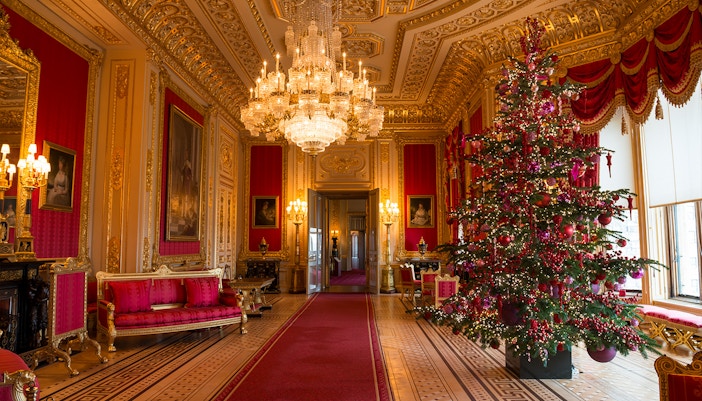Windsor Castle is like a history book written in stone. Over the centuries, different rulers added their personal touch, creating a fascinating blend of styles and periods that have evolved over its long history. The castle showcases elements of Gregorian fortification, Gothic grandeur, and Victorian elegance.
Walk through the Round Tower, and swing by St George's Chapel for its amazing stained glass windows and intricate Perpendicular Gothic detailing to catch a glimpse of the rich tapestry of architectural features. The State Apartments are amazing too, remodeled by various architects over the centuries. Think fancy ceilings, beautiful woodwork, and opulent furniture.
The architectural charm of Windsor Castle is that even though there are different styles throughout the castle, they all harmoniously work together, reflecting the influences and tastes of the various monarchs and architects who have shaped its design over time.











